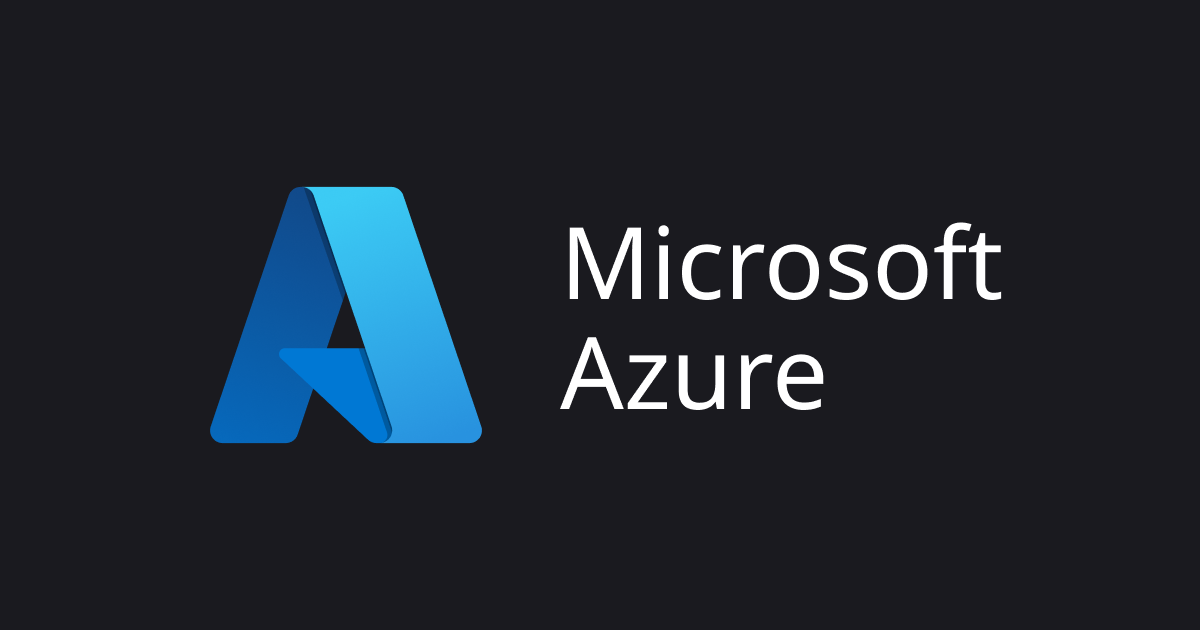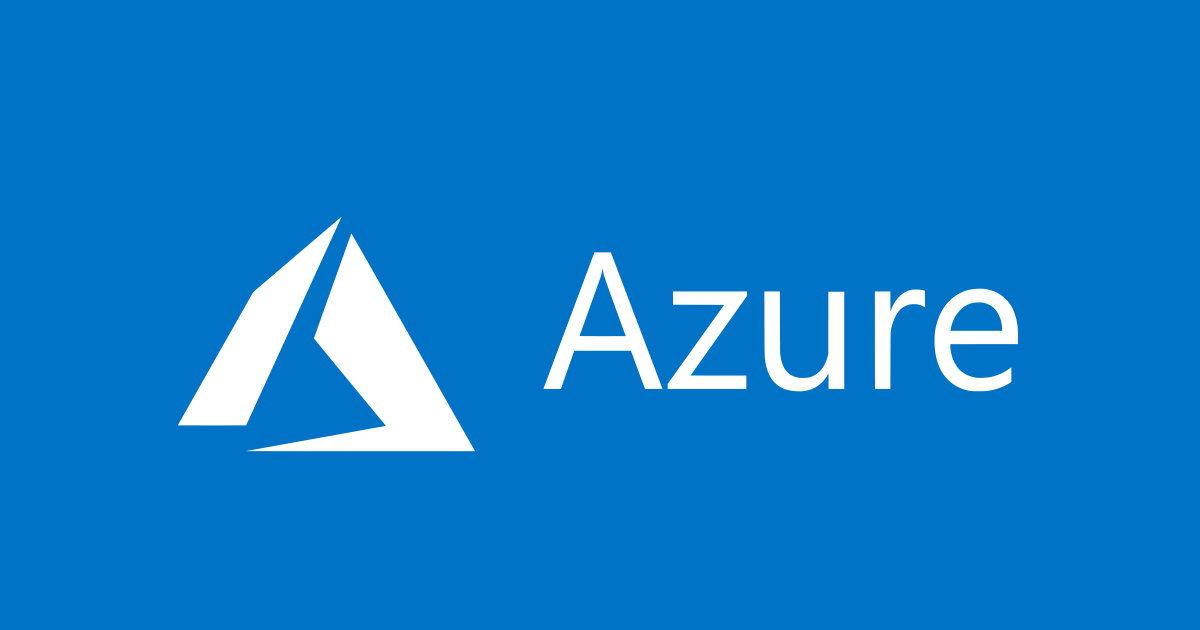
Dify を Azure Virtual Machine でホストしてみた
こんにちは!クラウド事業本部コンサルティング部のたかくに(@takakuni_)です。
みなさん Dify 触っていますでしょうか。
言葉はよく耳にしていたものの、触ったことがなかったため絶賛勉強しています。
そこで今回は Azure 上で Dify をセルフホストして、Dify を体験してみたいと思います。
構成
今回は Azure Virtual Machines 上で Dify を立ち上げます。固定 IP アドレスをアタッチしインターネット経由でアクセスします。

スペック
Dify ではセルフホスト用に Docker Compose 一式が用意されています。可用性は考慮されていないですが、今回は検証のためこちらの仕組みに乗っかろうと思います。
ドキュメントによると、CPU Core 数は 2 以上、メモリは 4 GiB 以上が要件のようです。
Before installing Dify, make sure your machine meets the following minimum system requirements:
CPU >= 2 Core
RAM >= 4 GiB
インフラ周り
今回は HashiCorp Terraform で作成しました。
terraform {
required_providers {
azurerm = {
source = "hashicorp/azurerm"
version = "4.18.0"
}
}
}
provider "azurerm" {
# Configuration options
features {}
subscription_id = var.environment.subscription_id
resource_provider_registrations = "none"
}
locals {
location = "Japan East"
rg_name = "takakuni.shinnosuke"
}
variable "environment" {
type = object({
subscription_id = string
})
}
data "azurerm_resource_group" "this" {
name = local.rg_name
}
VNet
まずは VNet です。今回は仮想マシンにパブリック IP を紐付け、APIアクセス含めインターネットを経由するような構成にしました。
そのためサブネットは必要最低限の1つのみで構成しています。
################################################
# VNet
################################################
resource "azurerm_virtual_network" "this" {
name = "dify-vnet"
resource_group_name = data.azurerm_resource_group.this.name
location = data.azurerm_resource_group.this.location
address_space = ["10.0.0.0/16"]
}
resource "azurerm_subnet" "this" {
name = "dify-subnet"
resource_group_name = data.azurerm_resource_group.this.name
virtual_network_name = azurerm_virtual_network.this.name
address_prefixes = ["10.0.10.0/24"]
private_endpoint_network_policies = "Enabled"
private_link_service_network_policies_enabled = true
}
Virtual Machine
続いて仮想マシンです。固定 IP を仮想マシンに振りました。OS は Ubuntu 24.04 を利用します。(Linux であれば OK です。)
ユーザー名、パスワードは、ベタ書きしていますが、本番時は隠すなりしましょう。
CPU、メモリの要件に従い、VM サイズは Standard_B2s を選択しました。
################################################
# Network Interface
################################################
resource "azurerm_public_ip" "this" {
name = "dify-public-ip"
location = data.azurerm_resource_group.this.location
resource_group_name = data.azurerm_resource_group.this.name
allocation_method = "Static"
}
resource "azurerm_network_security_group" "vm" {
name = "dify-vm-nsg"
location = data.azurerm_resource_group.this.location
resource_group_name = data.azurerm_resource_group.this.name
security_rule {
name = "SSH"
priority = 1000
direction = "Inbound"
access = "Allow"
protocol = "Tcp"
source_port_range = "*"
destination_port_range = "22"
source_address_prefix = "*"
destination_address_prefix = "*"
}
security_rule {
name = "web"
priority = 1001
direction = "Inbound"
access = "Allow"
protocol = "Tcp"
source_port_range = "*"
destination_port_range = "80"
source_address_prefix = "*"
destination_address_prefix = "*"
}
}
resource "azurerm_network_interface" "this" {
name = "dify-vm-nic"
location = data.azurerm_resource_group.this.location
resource_group_name = data.azurerm_resource_group.this.name
ip_configuration {
name = "dify-vm-nic-ipconfig"
subnet_id = azurerm_subnet.this.id
private_ip_address_allocation = "Dynamic"
public_ip_address_id = azurerm_public_ip.this.id
}
}
resource "azurerm_network_interface_security_group_association" "this" {
network_interface_id = azurerm_network_interface.this.id
network_security_group_id = azurerm_network_security_group.vm.id
}
resource "azurerm_storage_account" "this" {
name = "diagdifyvmtakakuni"
location = data.azurerm_resource_group.this.location
resource_group_name = data.azurerm_resource_group.this.name
account_tier = "Standard"
account_replication_type = "LRS"
}
################################################
# VM
################################################
data "azurerm_platform_image" "this" {
location = data.azurerm_resource_group.this.location
publisher = "Canonical"
offer = "ubuntu-24_04-lts"
sku = "server"
}
resource "azurerm_virtual_machine" "this" {
name = "dify-vm"
resource_group_name = data.azurerm_resource_group.this.name
location = data.azurerm_resource_group.this.location
vm_size = "Standard_B2s"
network_interface_ids = [azurerm_network_interface.this.id]
delete_os_disk_on_termination = true
storage_os_disk {
name = "dify-vm-osdisk"
caching = "ReadWrite"
create_option = "FromImage"
managed_disk_type = "Standard_LRS"
}
storage_image_reference {
publisher = data.azurerm_platform_image.this.publisher
offer = data.azurerm_platform_image.this.offer
sku = data.azurerm_platform_image.this.sku
version = data.azurerm_platform_image.this.version
}
os_profile {
computer_name = "dify-vm"
admin_username = "difyadmin"
admin_password = "P@ssw0rd1234!"
}
os_profile_linux_config {
disable_password_authentication = false
}
}
Azure OpenAI
最後に Azure OpenAI です。東日本リージョンでも利用可能な gpt-4 モデルを利用しました。
################################################
# Network Interface
################################################
resource "azurerm_cognitive_account" "this" {
name = "dify-openai"
resource_group_name = data.azurerm_resource_group.this.name
location = data.azurerm_resource_group.this.location
kind = "OpenAI"
sku_name = "S0"
public_network_access_enabled = true
}
resource "azurerm_cognitive_deployment" "this" {
name = "dify-openai"
cognitive_account_id = azurerm_cognitive_account.this.id
sku {
name = "GlobalStandard"
}
model {
format = "OpenAI"
name = "gpt-4"
version = "turbo-2024-04-09"
}
}
OS セットアップ
まずは、払い出された固定パブリック IP を利用して、SSH でログインします。
dify_on_azure % ssh difyadmin@固定
The authenticity of host '固定IPアドレスが入ります’ (割り振られた固定IPアドレスが入ります)' can't be established.
ED25519 key fingerprint is SHA256:N71UlAZM9q2ZYzBUga98AHlgmdSApGZKjYDTHoUREW8.
This key is not known by any other names.
Are you sure you want to continue connecting (yes/no/[fingerprint])? yes
Warning: Permanently added '割り振られた固定IPアドレス' (ED25519) to the list of known hosts.
difyadmin@割り振られた固定IPアドレス's password:
Welcome to Ubuntu 24.04.1 LTS (GNU/Linux 6.8.0-1021-azure x86_64)
* Documentation: https://help.ubuntu.com
* Management: https://landscape.canonical.com
* Support: https://ubuntu.com/pro
System information as of Thu Feb 13 13:46:06 UTC 2025
System load: 0.39 Processes: 125
Usage of /: 5.4% of 28.02GB Users logged in: 0
Memory usage: 7% IPv4 address for eth0: 10.0.10.4
Swap usage: 0%
Expanded Security Maintenance for Applications is not enabled.
0 updates can be applied immediately.
Enable ESM Apps to receive additional future security updates.
See https://ubuntu.com/esm or run: sudo pro status
The list of available updates is more than a week old.
To check for new updates run: sudo apt update
The programs included with the Ubuntu system are free software;
the exact distribution terms for each program are described in the
individual files in /usr/share/doc/*/copyright.
Ubuntu comes with ABSOLUTELY NO WARRANTY, to the extent permitted by
applicable law.
To run a command as administrator (user "root"), use "sudo <command>".
See "man sudo_root" for details.
difyadmin@dify-vm:~$
デフォルトでは docker がインストールされていないため、 snap でインストールします。
インストール手順に従い docker compose up -d ができれば完了です。
difyadmin@dify-vm:~$ docker
Command 'docker' not found, but can be installed with:
sudo snap install docker # version 27.2.0, or
sudo apt install docker.io # version 24.0.7-0ubuntu4.1
sudo apt install podman-docker # version 4.9.3+ds1-1ubuntu0.2
See 'snap info docker' for additional versions.
difyadmin@dify-vm:~$ sudo snap install docker
2025-02-13T13:47:25Z INFO Waiting for automatic snapd restart...
2025-02-13T13:48:04Z INFO task ignored
docker 27.2.0 from Canonical✓ installed
difyadmin@dify-vm:~$ git clone https://github.com/langgenius/dify.git
Cloning into 'dify'...
remote: Enumerating objects: 139195, done.
remote: Counting objects: 100% (37/37), done.
remote: Compressing objects: 100% (22/22), done.
remote: Total 139195 (delta 23), reused 17 (delta 15), pack-reused 139158 (from 3)
Receiving objects: 100% (139195/139195), 72.15 MiB | 19.11 MiB/s, done.
Resolving deltas: 100% (103245/103245), done.
difyadmin@dify-vm:~$ cd dify/docker
difyadmin@dify-vm:~/dify/docker$ cp .env.example .env
difyadmin@dify-vm:~/dify/docker$ sudo docker compose up -d
[+] Running 74/30
✔ web 13 layers [⣿⣿⣿⣿⣿⣿⣿⣿⣿⣿⣿⣿⣿] 0B/0B Pulled 100.2s
✔ nginx 6 layers [⣿⣿⣿⣿⣿⣿] 0B/0B Pulled 53.5s
✔ weaviate 4 layers [⣿⣿⣿⣿] 0B/0B Pulled 50.6s
✔ worker 11 layers [⣿⣿⣿⣿⣿⣿⣿⣿⣿⣿⣿] 0B/0B Pulled 168.7s
✔ ssrf_proxy 3 layers [⣿⣿⣿] 0B/0B Pulled 52.1s
✔ redis 8 layers [⣿⣿⣿⣿⣿⣿⣿⣿] 0B/0B Pulled 33.3s
✔ db 10 layers [⣿⣿⣿⣿⣿⣿⣿⣿⣿⣿] 0B/0B Pulled 70.7s
✔ api Pulled 168.8s
✔ sandbox 10 layers [⣿⣿⣿⣿⣿⣿⣿⣿⣿⣿] 0B/0B Pulled 91.6s
[+] Running 11/11
✔ Network docker_default Created 0.1s
✔ Network docker_ssrf_proxy_network Created 0.1s
✔ Container docker-sandbox-1 Started 0.4s
✔ Container docker-db-1 Started 0.4s
✔ Container docker-web-1 Started 0.4s
✔ Container docker-redis-1 Started 0.4s
✔ Container docker-weaviate-1 Started 0.4s
✔ Container docker-ssrf_proxy-1 Started 0.5s
✔ Container docker-api-1 Started 0.2s
✔ Container docker-worker-1 Started 0.2s
✔ Container docker-nginx-1 Started 0.2s
Dify にログイン
http://割り振られた/install でアクセスし初期化を行います。

今回は次のメールアドレス、ユーザー名、パスワードを利用しました。
- メールアドレス:
hoge@fuga.piyo - ユーザー名:
hoge - パスワード:
h0geh0ge
初期化が完了すると再度、ログインが求められるためサインインします。

もし管理者パスワードの設定に不備があった場合は以下のとおり、リセットができます。
モデルの登録
Azure OpenAI のモデルを登録します。設定に進み

Azure OpenAI を選択します。

各種情報を Azure OpenAI から引っ張ってきて入力します。

アプリの作成
アプリの作成に移ります。最初から作成する をクリックします。

アプリ名に適当な名前をつけます。

質問をすると、指定したモデルで返答が返ってきました。

まとめ
以上、「Dify を Azure Virtual Machine でホストしてみた。」でした。
可用性の部分やコンテナ使っている部分などをマネージドサービスに寄せられると、運用楽そうな気がしました。また機会があればチャレンジしてみます。
このブログがどなたかの参考になれば幸いです。クラウド事業本部コンサルティング部のたかくに(@takakuni_)でした!









